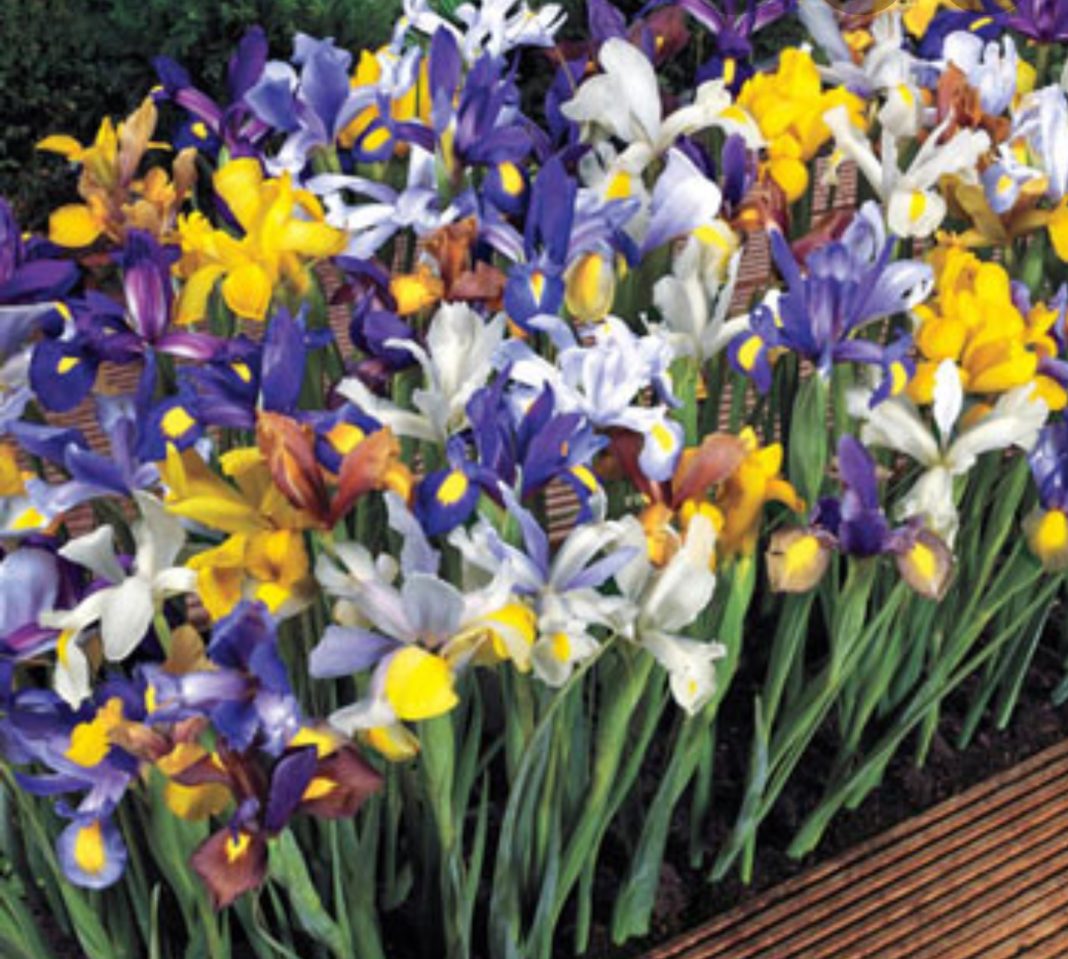IRISES – named from the Greek goddess of the rainbow – will attract butterflies and hummingbirds into your garden and make lovely cut flowers.
Irises come in two types, the bearded or crested beardless type.
So-called bearded, due to the soft hairs along the centre of the falls. In crested Iris, the hairs form a comb, or ridge.
Iris flowers begin to bloom in late winter to early spring, in shades of purple, blue, white and yellow and with a plethora of hybridised versions that are multi-colored.
Plant in a sunny position, keeping the top of the rhizome exposed, as they need the sun and air to keep the rhizome dry.
A drought tolerant plant, they will benefit from occasional watering during the winter months.
During the summer months, water consistently and deeply with a weekly general fertiliser and dead-head spent flowers.
Iris are abundant multipliers, and divide the rhizomes in the winter to guarantee continued blooms.
Once the plants become crowded, the Iris flowers will be fewer, or none existent.
Upon blooms fading leave the foliage to yellow, before removing, as with many spring flowers the foliage is feeding nutrients to the rhizome for next year’s flowers.






